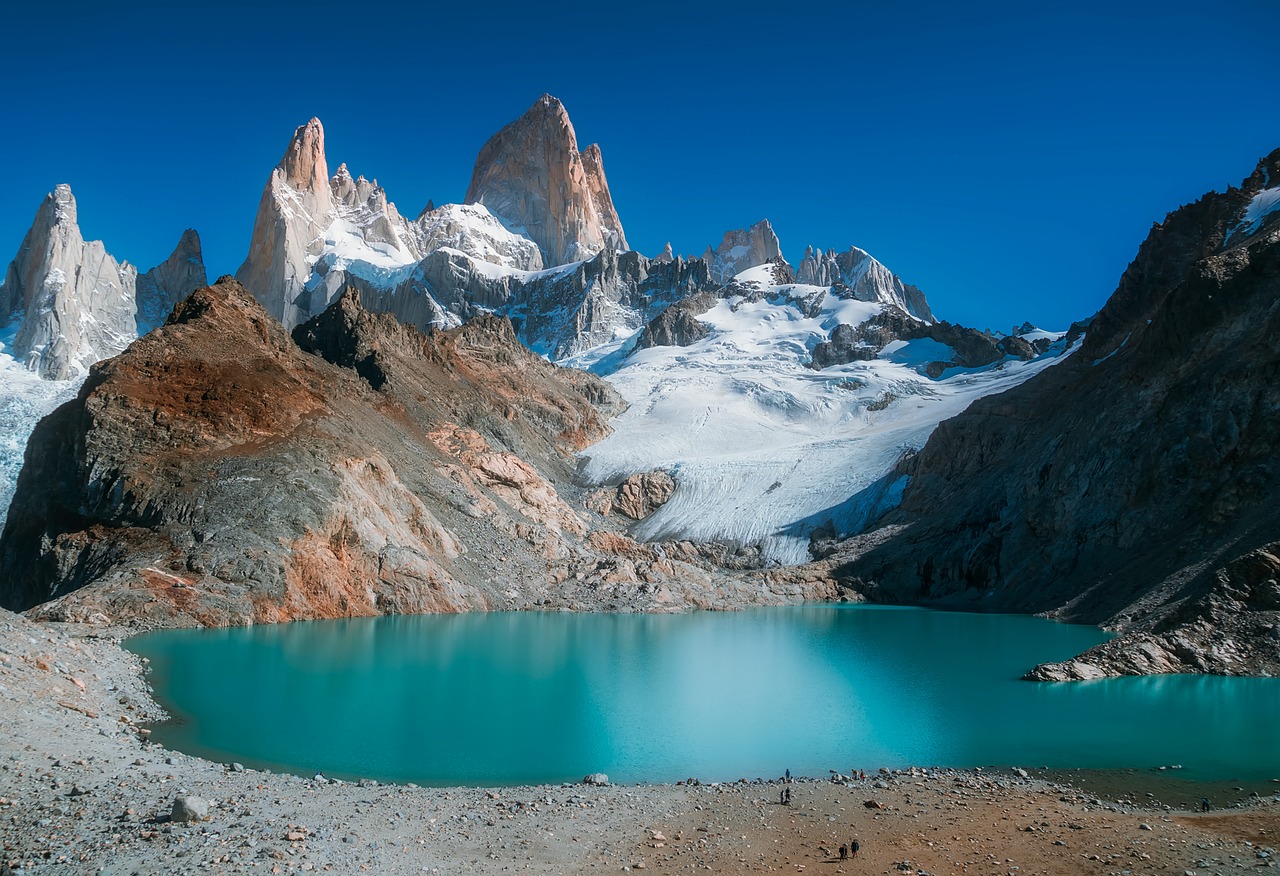The country is rich in cultural diversity, with a Relationship-driven culture, Honour system, and Rivers spanning Patagonia from west to east. You’ll be able to experience this diversity first hand when you visit Argentina. Read on to learn about some of the key cultural features. This article provides a brief overview of Argentina. But if you want to learn more about the country’s education system, keep reading. Argentina is not yet ready to implement a national qualifications framework.
Relationship-driven culture
One of the most striking differences between a relationship-driven culture and a non-relationship-driven culture is the level of formal education. In Argentina, where many students are college educated, women have greater educational opportunities than men. And while the public educational system is highly ranked, it still falls short of achieving the same level of education as the country’s peers. This difference in educational attainment has influenced a country’s economic development.
Honour system
Anthropologists have long been interested in the Honor system in Argentina. In the 1960s, researchers started studying this system in the Mediterranean region. Researches by Peristiany and Pitt-Rivers 1992 and Maravall 1989 focused on rural societies where honor was a simple hierarchy. This work analyzed the social structure of the Honor system in Argentina and the role of honor in a rural society. Today, scholars have begun to investigate the Honor system more deeply and provide theoretical frameworks for understanding this important aspect of life in Argentina.
Rivers that cross Patagonia from west to east
Argentina’s southern region is called Patagonia. It features a treeless plateau, as well as glacial regions in the southern part of the country. The region’s glaciers cover over 21,000 square kilometers, and some flow into the Pacific Ocean. Its thirteen lakes are fed by glaciers, including Upsala Glacier, which is 60 kilometers long and 10 kilometers wide, and is accessible only by boat.
Indigenous peoples
While indigenous peoples in Argentina have finally been accorded constitutional recognition and some protections for their rights, there are many challenges facing them daily. The problems facing them are rooted in the colonial past, and are linked to the current state of affairs. The debate over indigenous rights has focused on their right to consultation and free prior and informed consent. Unfortunately, these rights remain unimplemented and, as a result, are rarely invoked. However, this situation can be rectified if indigenous communities become agents of social justice in their own countries.
Higher education system
The Argentinean higher education system consists of three levels, which are called EP, ES, and Universidad. ES stands for elementary education and EP for secondary education, while Universidad is a higher-level university. In Argentina, the system focuses on two dimensions: the hierarchy (which has six categories) and the working time. The latter determines how many hours students can teach at a given time. In Argentine universities, full-time positions must teach two courses and work on an authorized research program. However, part-time positions are available for students who want to work while attending school.

